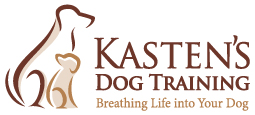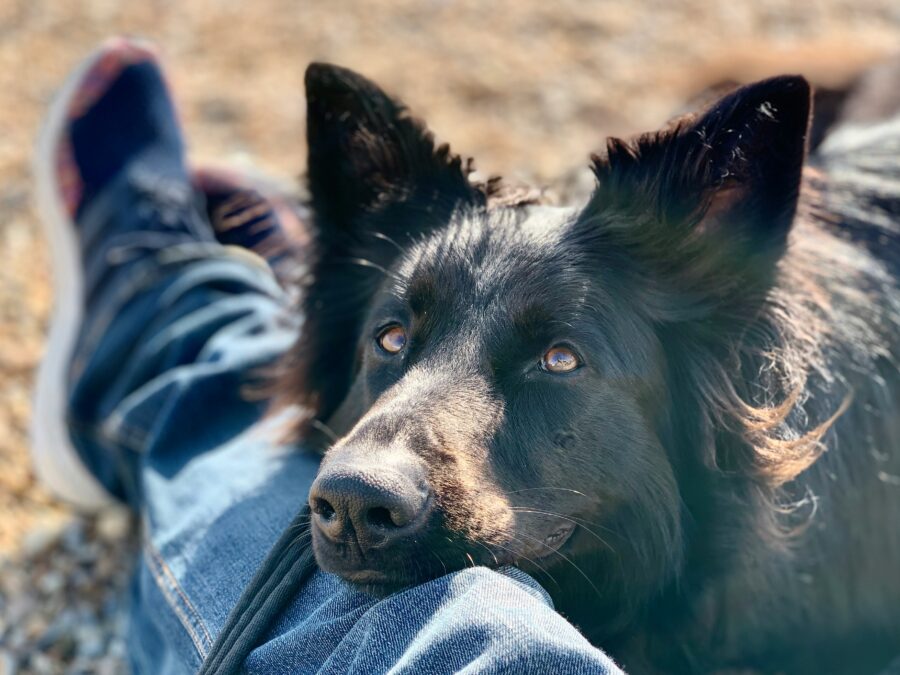Separation anxiety in dogs can be challenging. However, with the right approach, you can help your dog feel more at ease when left alone. Here’s how to address separation anxiety in dogs!
How to Help a Dog Cope with Separation Anxiety
When addressing separation anxiety, creating a structured routine is essential. Start with short, controlled absences to desensitize your dog to being alone. Use tools such as crate training, which provides a safe, comfortable space where your dog feels secure. The environment plays a major role; familiar scents like a shirt with your scent can offer additional comfort.
Distraction is another key strategy. Engaging your dog with interactive toys or puzzle feeders while you’re gone helps redirect their attention. In turn, this associates your departure with something positive. Regular exercise before you leave is also important. It not only burns off excess energy but helps promote calm behavior during your absence, reducing anxiety and destructive tendencies.
Recognizing the Signs of Separation Anxiety in Dogs
Understanding the signs of separation anxiety is just as important as treating it. Common behaviors include excessive barking, whining, destructive chewing, or attempts to escape. These behaviors are typically triggered by your departure or signs that you’re preparing to leave, such as picking up your keys or putting on shoes. Recognizing these cues allows you to intervene before the behavior escalates, using the techniques discussed earlier.
Can separation anxiety in dogs be cured?
While separation anxiety can be managed and significantly improved, it’s not always something that can be “cured” completely. The process depends on the dog’s unique temperament and the severity of their anxiety. Training programs often need to combine positive reinforcement with appropriate corrections to teach your dog how to manage their emotions when you’re gone. As discussed earlier, balancing positive training methods with corrections ensures the training is effective for every dog’s needs.
Working with a professional dog trainer may be necessary for severe cases. They can help you create a personalized plan, blending positive reinforcement with techniques like leash training to help your dog adapt and feel more confident. Over time, your dog’s separation anxiety can diminish, even if it isn’t eliminated entirely.
When to Seek Professional Help
In some cases, professional assistance may be necessary, especially if your dog’s anxiety leads to dangerous behaviors like escaping or self-injury. A professional trainer can assess your dog’s specific needs and create a training regimen that includes corrections where needed. Working with a professional makes you more likely to see faster results, as they can tailor the approach to your dog’s unique personality.
Addressing separation anxiety in dogs requires patience, consistency, and understanding. By gradually desensitizing your dog to your absences, providing comfort, and seeking professional help when necessary, you can significantly reduce their anxiety. Kasten’s Dog Training is here to help guide you through this process, offering training programs tailored to your dog’s individual needs, ensuring you build a happy and confident relationship with your pet.
Contact Us Today!
At Kasten’s Dog Training, we are committed to helping you and your dog build a strong, positive relationship through practical training. Visit our website or contact us today to learn more about our services so we can assist you in reaching your training goals!




